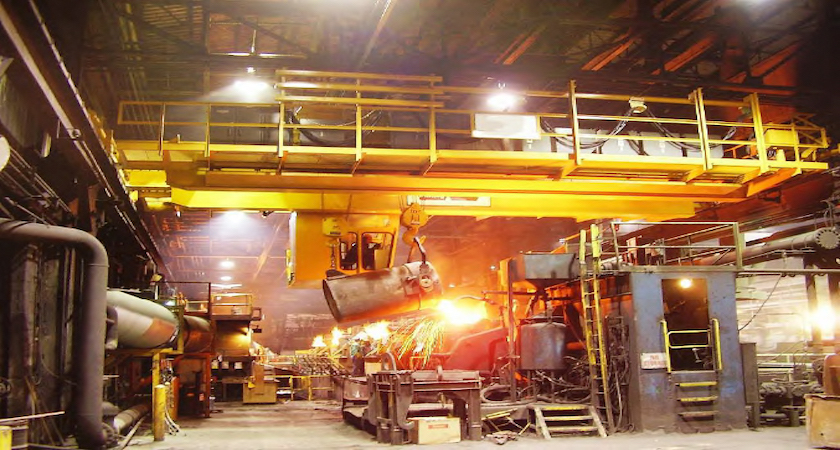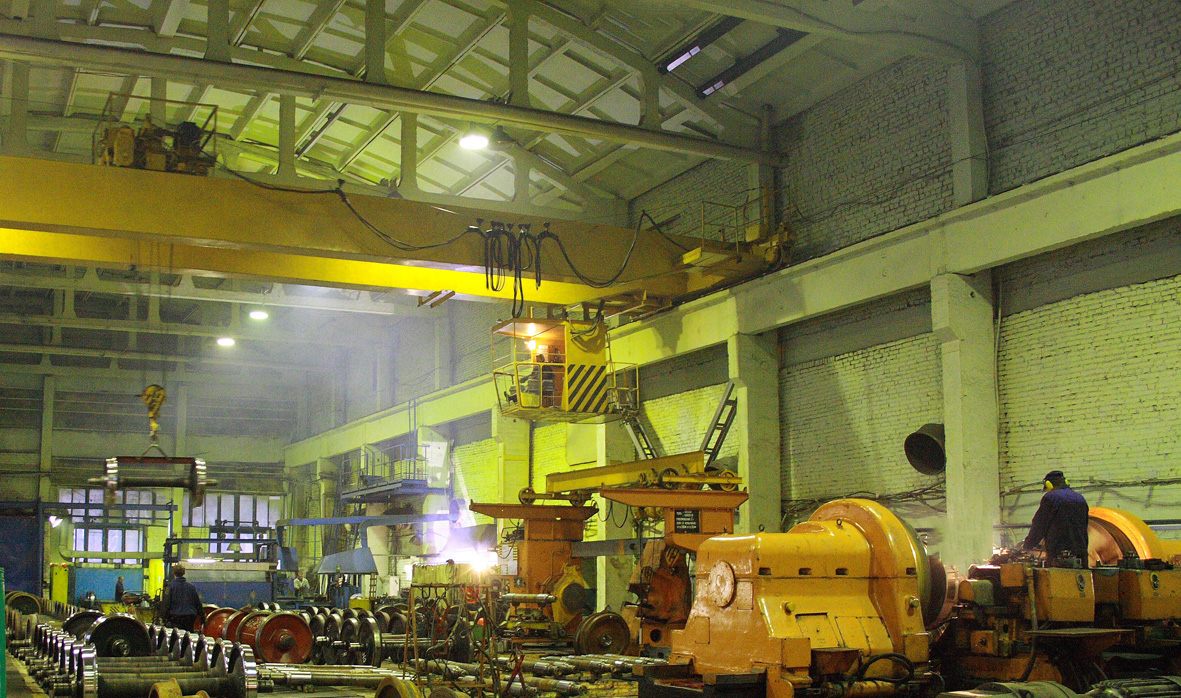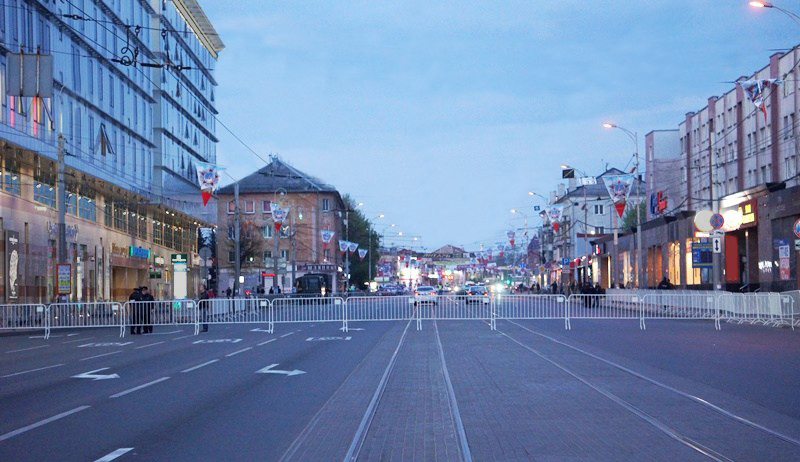As devices for signal acquisition and electromechanical conversion, sensors have reached a high level of maturity in electromechanical technology. In recent years, sensor technology has made significant advancements in terms of miniaturization, intelligence, multi-functionality, and cost reduction.
Different types of sensors, such as photosensitive sensors and infrared sensors, can be combined with LED lighting, including industrial lighting, to create intelligent control systems. These sensors convert physical signals into electrical signals, which are then intelligently processed by integrated circuit-based AD (analog to digital) converters, MCUs (microcontrollers), and DA (digital to analog) converters. This processing allows for the control of LED lighting, enabling features such as on/off functionality. Additionally, various control requirements can be set on the MCU to regulate switching time, brightness, color rendering, and color change of LED lights, thereby achieving the goal of intelligent lighting control.
Photosensitive Sensor
The photosensitive sensor is an ideal electronic sensor capable of automatically controlling circuits to switch on and off based on changes in illuminance during sunrise and sunset. This sensor can automatically control the on/off functionality of LED lighting according to weather conditions, time periods, and regions.
Typically, photosensitive sensors are combined with outdoor lighting, such as LED street lights, area lights, garden lights, courtyard lights, wall pack lights, and more. During the day, these outdoor lamps are instructed by photosensitive sensors to reduce power output or turn off automatically. Conversely, at night, the sensors automatically turn on these lights to provide illumination.
 |
|
Infrared Sensor
Infrared sensors function by detecting infrared rays emitted by the human body. The main principle involves the enhancement of the infrared rays emitted by the human body, around 10 μm, through a Fresnel filter lens, which then concentrates the rays on the pyroelectric element of a PIR (passive infrared) detector.
The infrared sensor converts the infrared radiation energy of the Fresnel filter lens into an electrical signal. When there is no human movement in the detection area of the passive infrared detector, the infrared sensor only detects the background temperature.
However, when a human body enters the detection area, the pyroelectric infrared sensor senses the temperature difference between the body and the background through the Fresnel lens. Once the signal is collected, it is compared with existing detection data in the system to determine the presence of a person or other infrared radiation-emitting objects in the detection area.

Ultrasonic Sensor
Ultrasonic sensors, similar to infrared sensors, have gained increased applications in the automatic detection of moving objects in recent years. These sensors primarily utilize the Doppler Principle to emit high-frequency ultrasonic waves, which are beyond the range of human perception, through a crystal oscillator. Typically, a 25 to 40 kHz wave is selected, and the control module detects the frequency of the reflected back wave.
If there is object motion in the area, the frequency of the reflected wave will experience slight fluctuations due to the Doppler Effect. This enables the installed lamps to detect object movement within the lighting area, thereby achieving control over the on/off functionality of the lights.
Ultrasonic sensors offer a wide sensitivity range, without visual blind areas and interference from obstacles. They have proven to be the most effective method for detecting small object motion. Therefore, LED luminaires equipped with ultrasonic systems can incorporate sensitive control switches. However, due to the high sensitivity of ultrasonic sensors, factors such as air vibrations, ventilation heating and cooling systems, and surrounding spaces can falsely trigger the sensors. Therefore, ultrasonic sensors need to be regularly calibrated.
Temperature Sensor
Temperature sensors, specifically NTC (negative temperature coefficient) sensors, are widely used for over-temperature protection in LED lamps. When LED lamps utilize high-power LED light sources, they often incorporate multi-wing aluminum heat sinks.
Inadequate heat dissipation in LED lamps can result in lighting decay of the LED light source due to overheating, which subsequently affects the lifespan of the lamps. LED high bay lights, which operate in high ambient temperatures such as smelters or steel plants, can work with temperature sensors to capture real-time temperature inside the lighting fixture chamber.
When the temperature exceeds a certain threshold, this circuit automatically reduces the output current and cools the light. If the temperature reaches a limit, the LED power is automatically turned off to provide over-temperature protection. When the temperature drops, the lamp is turned on again. Due to the limited internal space of LED high bay lights, heat dissipation has been one of the major technical challenges. One notable high bay light suitable for high-temperature environments is the HB31 LED High bay, capable of operating at temperatures up to 70 ℃.
 |
 |
Voice Sensor
The voice sensor consists of a sound control sensor, an audio amplifier, a channel selection circuit, a delay-on circuit, and a thyristor control circuit. Generally, the sound comparison result is used to determine whether to activate the control circuit. The original value setting of the voice sensor is typically provided by the regulator. During operation, the voice sensor continuously compares the external sound intensity with the original value. When the original value is exceeded, the sound signal is conveyed to the control center.
Microwave Sensor
The microwave inductive sensor is a motion detector designed using the Doppler Effect principle. It detects changes in the position of objects in a non-contact manner, triggering the corresponding switching operation.
When someone enters the sensing area and meets the lighting requirements, the sensor switch automatically turns on, activating the load device and the delay system. As long as the human body remains in the sensing area, the load device continues to operate. Once the human body leaves the sensing area, the sensor starts calculating the delay. When the delay period ends, the sensor switch automatically turns off, and the load device stops working. This technology ensures safety, convenience, intelligence, and energy efficiency.

Here is a table about the comparison of these six commonly used sensors:
|
Sensor |
Detection Type |
Advantages |
Disadvantages |
Applications |
|
Photosensitive |
Light Level |
Automatic on/off based on ambient light, energy-saving |
Limited functionality, affected by sudden light changes |
Outdoor lighting |
|
Passive Infrared (PIR) |
Motion (body heat) |
Energy saving, motion detection for security |
Can be triggered by pets or heat sources, limited field of view |
Indoor lighting, hallways, entrances |
|
Ultrasonic |
Motion |
Wide detection range, good for small object movement |
Affected by air movement, requires precise installation |
Warehouses, large spaces |
|
Temperature |
Temperature |
Over-temperature protection for LED lamps |
No motion detection or direct lighting control |
LED luminaires |
|
Voice |
Sound |
Hands-free lighting control |
Requires specific voice commands, privacy concerns |
Specific applications |
|
Microwave |
Motion |
Long range, penetrates walls (limited) |
Expensive, potential health concerns (debate exists) |
Security lighting, large spaces |
Looking for Smart Lighting?
Contact us to discuss how we can help you integrate cutting-edge sensor-based lighting solutions into your product portfolio. We can assist you in selecting the right technology for specific applications and ensure seamless integration with lighting systems.













